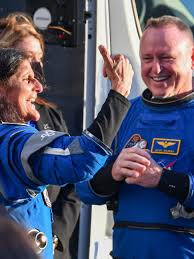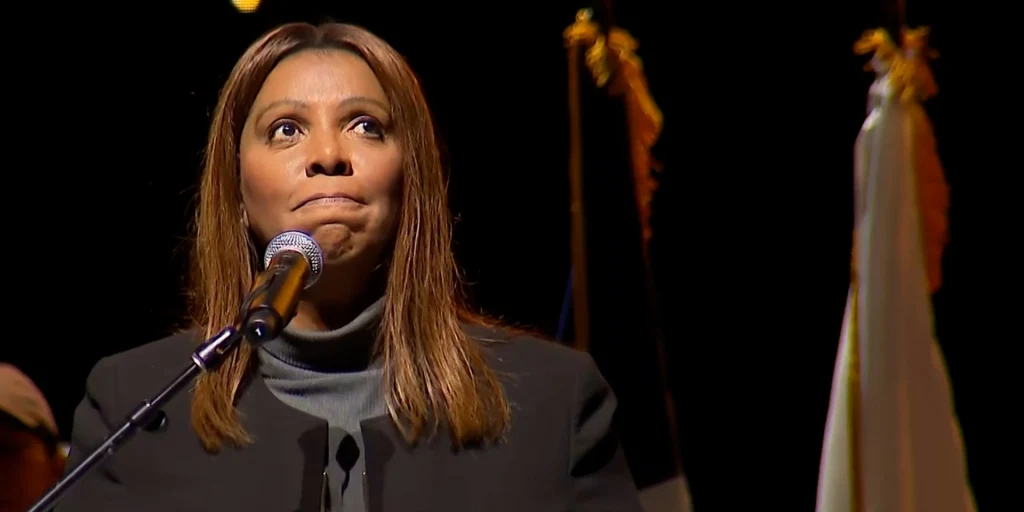
One year ago, on June 5, 2024, Boeing’s Starliner spacecraft embarked on its inaugural crewed mission, marking a significant milestone in NASA’s Commercial Crew Program. However, what was intended as a brief test flight evolved into an extended and challenging mission, highlighting both the complexities of space travel and the resilience of the astronauts involved.
🚀 Mission Launch and Initial Objectives
The mission commenced with the successful launch of the Starliner capsule, named Calypso, atop an Atlas V rocket from Cape Canaveral Space Force Station. Veteran NASA astronauts Barry “Butch” Wilmore and Sunita “Suni” Williams were aboard, aiming for an eight-day mission to the International Space Station (ISS) to validate Starliner’s performance for future operational flights
On June 6, 2024, Starliner achieved a successful docking with the ISS, and the crew began conducting a series of tests, including manual piloting and emergency procedures, to assess the spacecraft’s capabilities .
⚠️ Technical Challenges and Extended Stay
Shortly after docking, the mission encountered significant technical issues, notably thruster malfunctions and helium leaks in the propulsion system. These problems raised concerns about the safety of returning the astronauts to Earth aboard Starliner. Despite extensive troubleshooting, NASA and Boeing were unable to resolve the issues promptly .
As a result, the astronauts’ stay aboard the ISS extended far beyond the planned duration. NASA decided to return the Starliner capsule uncrewed to Earth to allow for further analysis, while Wilmore and Williams remained on the station, participating in ongoing research and station activities .
🛬 Return to Earth and Aftermath
After spending over nine months in space, Wilmore and Williams returned to Earth on March 18, 2025, aboard a SpaceX Crew Dragon capsule, as part of the Crew-9 mission . Their extended mission provided valuable data on the effects of long-duration spaceflight on the human body.
Upon return, both astronauts reported challenges readjusting to Earth’s gravity. Williams described experiencing immediate neck pain, underscoring the physical toll of prolonged weightlessness .






